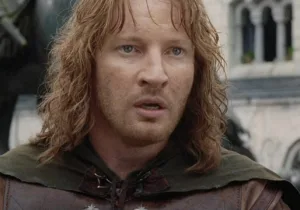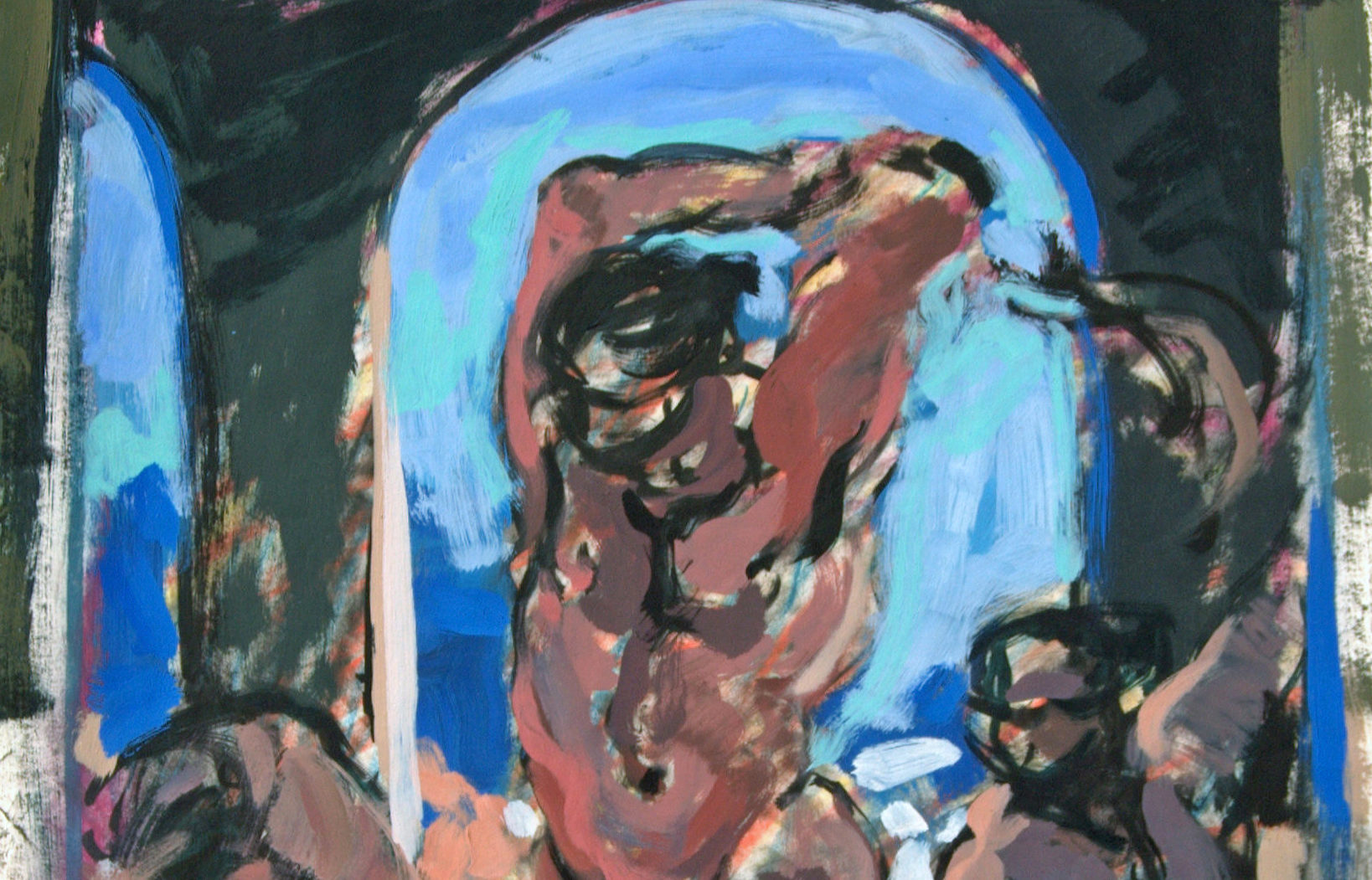Following Russia’s annexation of Crimea in 2014, a move that violated Ukraine’s sovereignty and led President Barack Obama to impose sanctions on Russia, the West has become increasingly fascinated with the term “hybrid warfare.” A concrete definition is elusive, but it usually means any conflict not limited to a single form or dimension of warfare. Hybrid war is not easily described as simply an economic, political, social, diplomatic, or military clash but, rather, cuts across these fields, sometimes operating somewhere in the gray area between all-out war and stable peace. Exploiting the multiple dimensions of modern warfare, hybrid conflicts might involve any combination of overt/covert, regular/irregular, or even physical/non-material modes of conflict.
Russia’s employment of “little green men” (specially trained soldiers who hid their identity behind masks, and whose uniforms bore no distinguishing marks of any military unit or national affiliation) to seize critical infrastructure in Crimea, its use of disinformation campaigns to shape local and international public opinion, and its political and military support for “separatists” in the disputed region contributed to the overall success of the annexation.
This mix of conventional and unconventional military tactics is at the heart of the term “hybrid warfare,” and questions about Russia’s intent to use it in the future, perhaps against a NATO or EU member state, occupy the concerns of Russia specialists and military and foreign policy experts.
While the term “hybrid warfare” appears to be relatively new, hybrid warfare itself is not a new strategy, nor is it a threat to be taken lightly. Dr. Damien Van Puyvelde, writing in NATO Review, notes that “hybrid warfare” first emerged as a term of art in 2005 and was used to describe Hezbollah’s strategy and tactics the following year in Lebanon. “In practice,” Van Puyvelde explains, “any threat can be hybrid as long as it is not limited to a single form and dimension of warfare.”
Maria Snegovaya, writing for the Institute for the Study of War in late 2015, pointed out that Russia’s employment of hybrid warfare has its roots in Soviet strategic thinking about “reflexive control.” According to Snegovaya:
Reflexive control causes a stronger adversary voluntarily to choose the actions most advantageous to Russian objectives by shaping the adversary’s perceptions of the situation decisively. Moscow has used this technique skillfully to persuade the U.S. and its European allies to remain largely passive in the face of Russia’s efforts to disrupt and dismantle Ukraine through military and non-military means.
Democracies, history has shown, are predisposed to seek peace and to reconcile conflicts through negotiation and diplomacy. They generally go to war only as a last resort, when what is right and what is wrong are clear, when attribution is easily assigned, and in pursuit of a just and reasonable conclusion. Such thinking stems from the influence of just war theory. Russia’s use of reflexive control, and employment of it via hybrid warfare, takes advantage of this tendency among democracies to avoid involvement in conflicts that appear to involve no clear distinction between those in the right and those in the wrong.
Arguably, what the world has recently observed of Russian President Vladimir Putin in Crimea is merely a repackaged, updated version of the sort of underhanded tactics employed by German dictator Adolph Hitler when he seized territory from Czechoslovakia and Austria in 1938 and 1939.
The late and respected British historian John Keegan explains in his aptly titled The Second World War that Hitler used local Nazi party affiliates in both Austria and Czechoslovakia to legitimize his military seizure of regions heavily populated by German-speaking peoples. Before sending his jack-booted Wehrmacht rolling into these two countries, Hitler employed information warfare to cloud global perceptions of his “intervention” by making it seem as if his actions were in response to local popular demands.
In March of 1938, Hitler’s takeover of Austria was protested by Great Britain and France, but no great power moved to stop further annexations. In September of that year, the great powers of the world stood by as Hitler seized the Sudetenland of Czechoslovakia, a move preceded by local Nazi party functionaries calling for secession from the rest of the country. Hitler’s follow-on effort to grab even more of Czechoslovakia for his growing empire precipitated the infamous appeasement conference at Munich. After Munich, Hitler arranged for pro-German separatist factions in the Slovakian portion of the country to declare secession and request German protection. Pretenses in place, Hitler then summarily annexed what (added to his initial grab) amounted to about half of Czechoslovakia.
The parallels between 1938-1939 and the annexation of Crimea are eerily similar. This is not to say Russian strongman Putin is the moral equivalent of the fanatically evil Hitler. However, both autocratic leaders pursued territorial expansion at the cost of a weaker neighbor under the pretenses of reluctant intervention requested by beleaguered local populations.
History is not prophecy, but its lessons offer important insights that have bearing on contemporary challenges. Whether or not the sanctions imposed on Russia as a result of the Crimean annexation represent the correct response for future similar situations is a matter for policymakers to debate. But what is clear is that it was important for the United States and other nations to do something in response to Russia’s actions. National sovereignty matters, and if strong powers are free to bully weak neighbors into parting with swaths of territory, the entire nation-state system is the worse for it.
Deterring less scrupulous state actors from pursuing hybrid warfare as a means of territorial expansion is a worthwhile pursuit in these early decades of the 21st Century. Authoritarian regimes should not be free to ignore the sovereignty of neighbors under the banner of a falsely constructed and highly manipulated political situation.
—
Brian Sikma is an Army National Guard officer, the opinions here are his own and do not reflect the Department of Defense or any other government agency.
Photo Credit: “Little green men” at a military garrison near the Crimean village Perevalne during the 2014 Crimean crisis. Russian GAZ-2975 Tigers are behind the unmarked soldiers. By Anton Holoborodko, via Wikimedia Commons.






 Live in the DC area? Sign-up for Providence's in-person events list!
Live in the DC area? Sign-up for Providence's in-person events list!